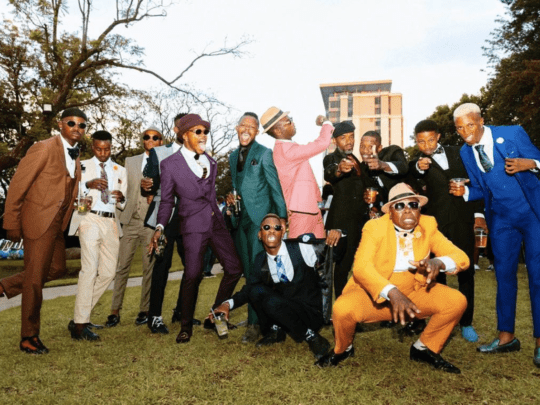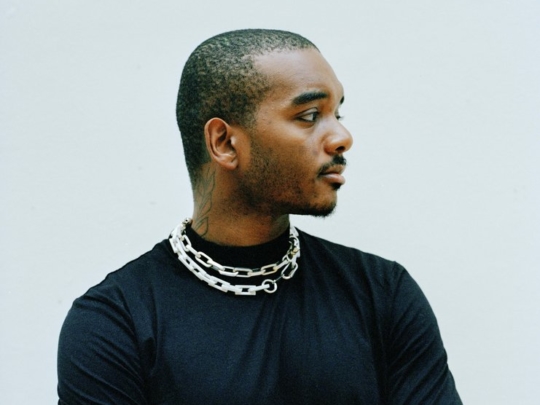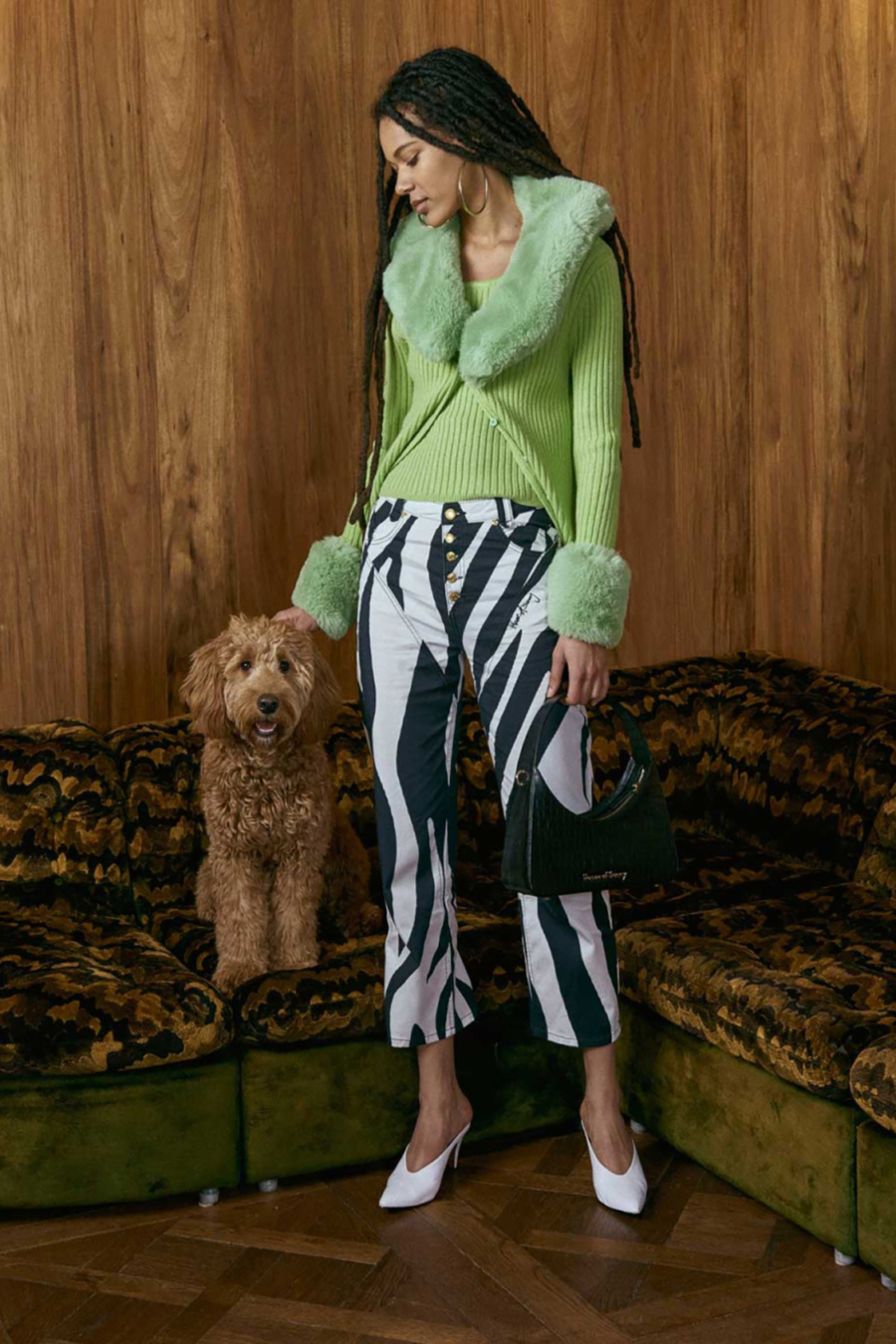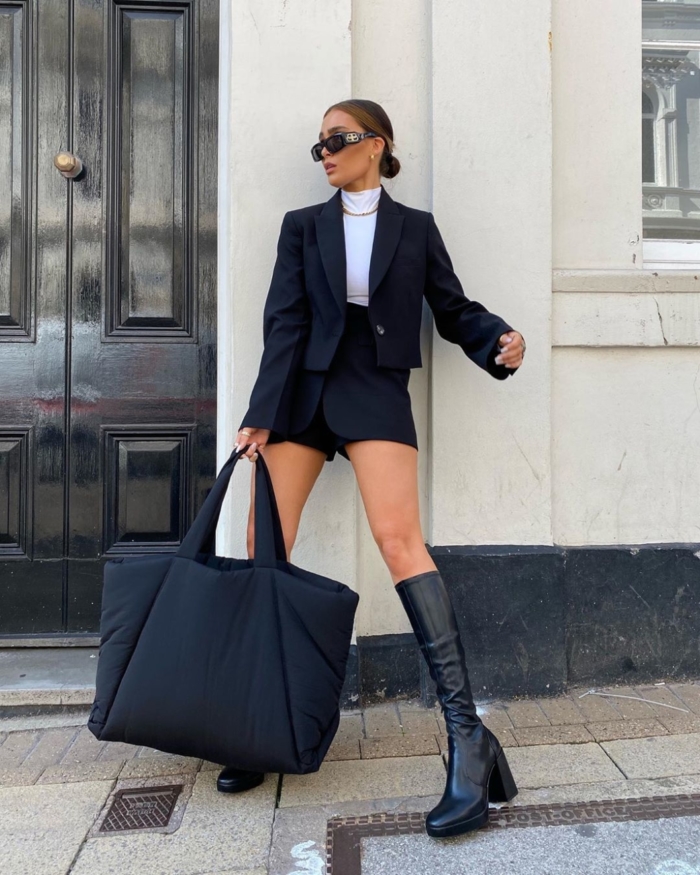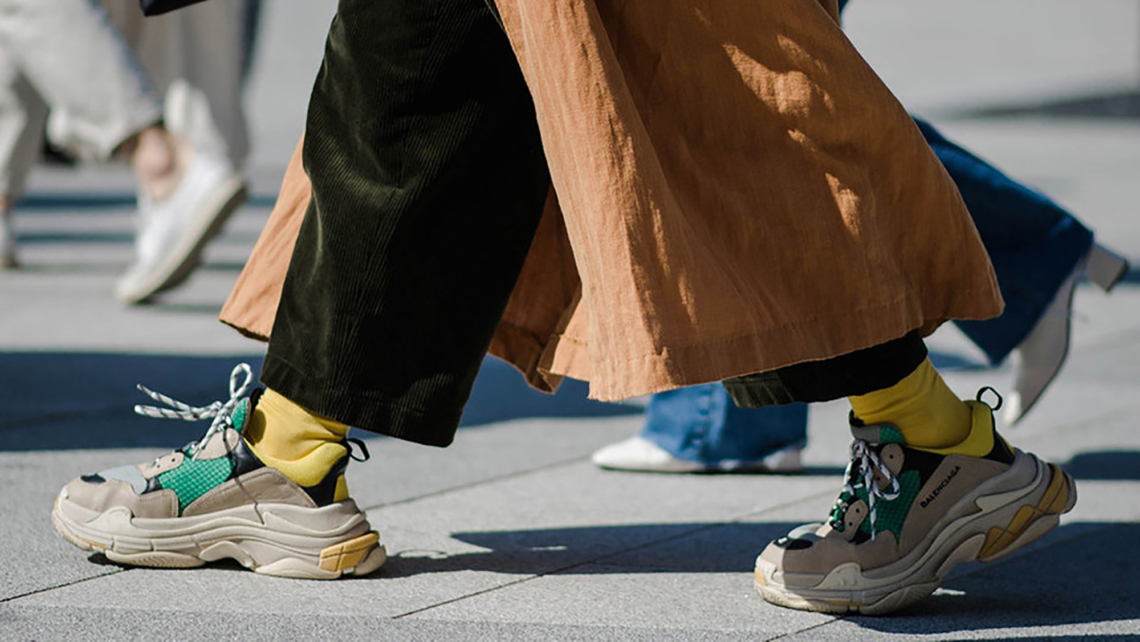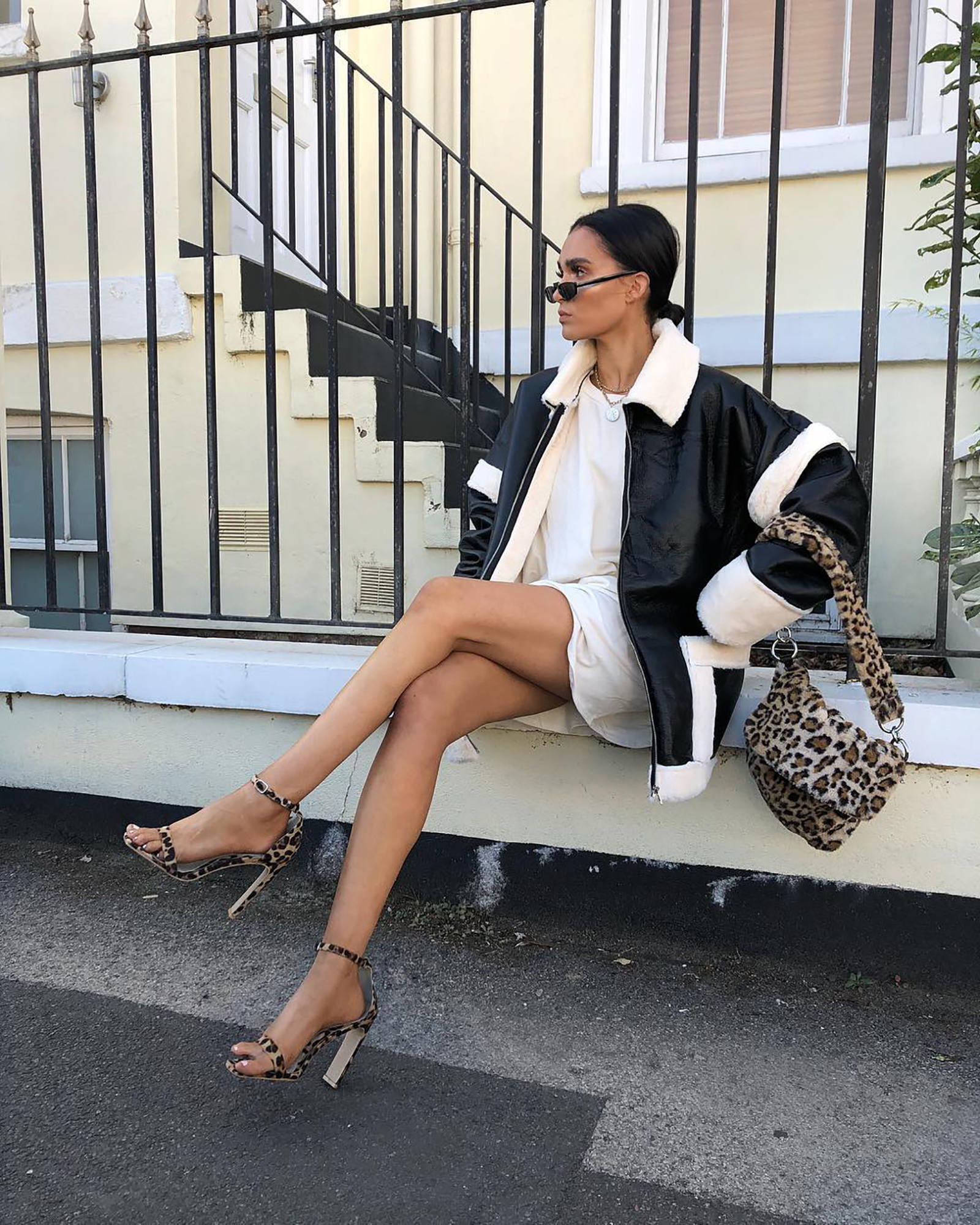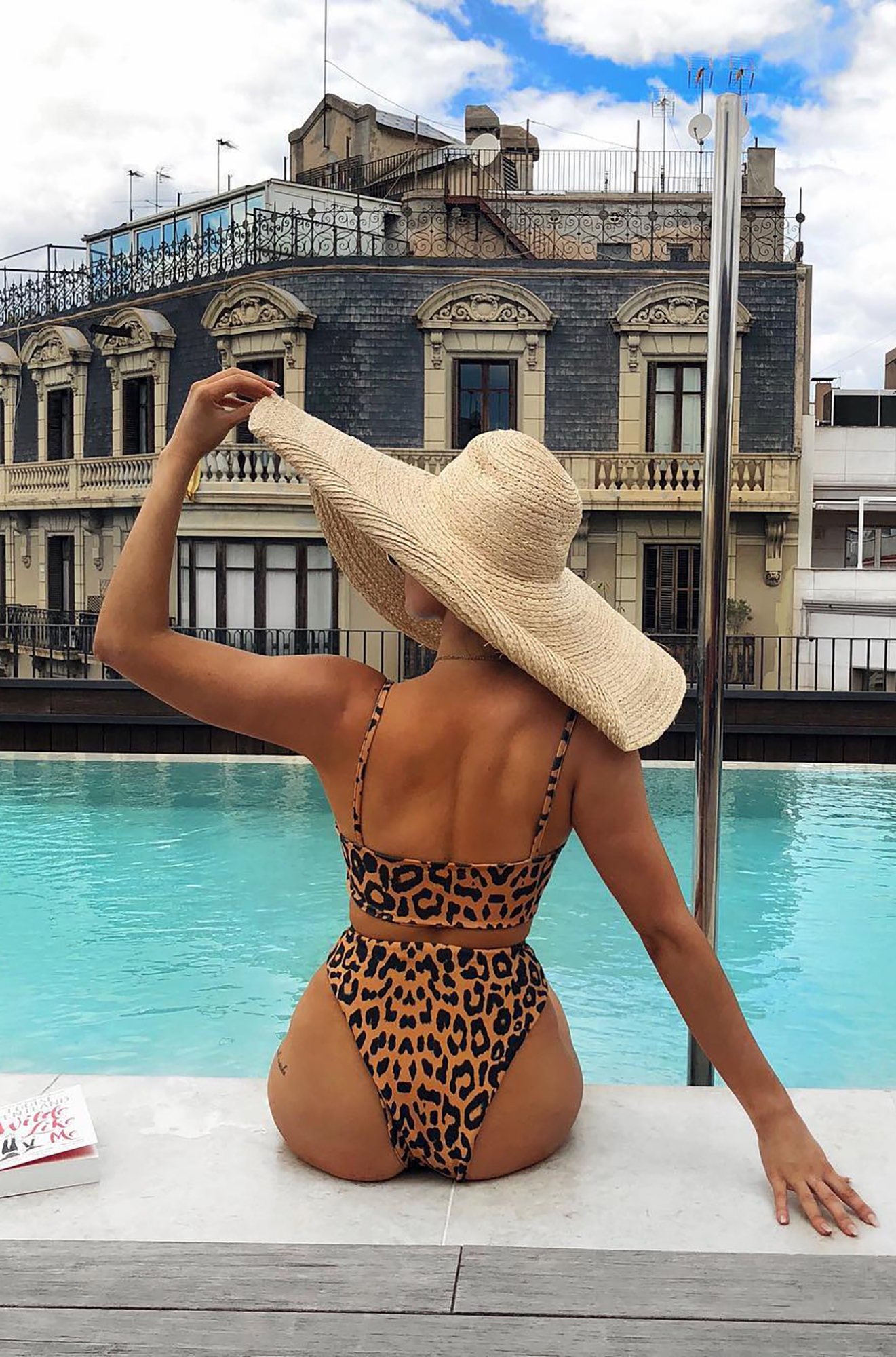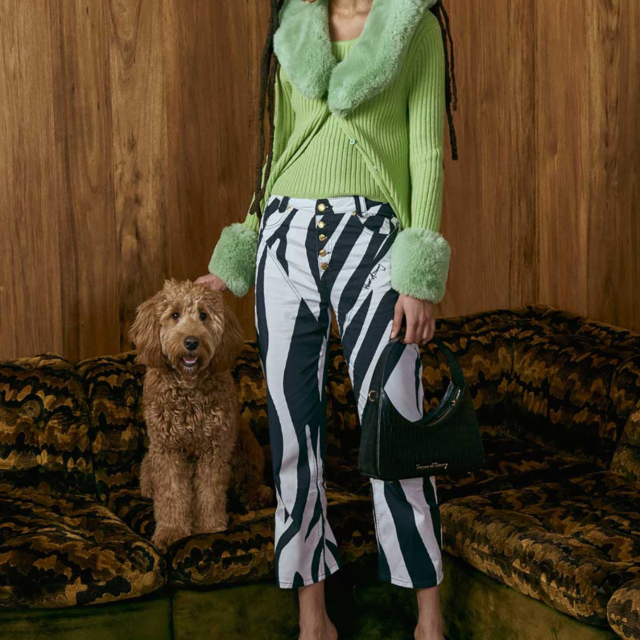I’m bored. I’m bored of home workouts, Zoom meetings, TikTok dances and cooking for myself. But mostly, I’m bored of influencers. I’m bored of their matcha lattes, beige trench coats, their slate wall backdrops and their vacant stares. In fact, they look pretty bored themselves.
It would be cruel to pigeonhole everyone with a significant online following as a ‘boring influencer’. Yet it’s this realm of cookie-cutter social media somebodies that, well, influence the most of us as they rack up followings that stretch into the millions. Take Lissy Roddy, for example, whose streetwear style and nonchalant demeanour have helped her amass no fewer than 1.4 million Instagram followers. Since 2014 when she started posting her outfits, she’s gone from amateur mirror selfies to private registration G-Wagons and Grecian sunsets. All of her looks are instantly shoppable via the link in her bio, saving followers the inconvenience of scouring Google to imitate her style. With their oversized blazers and 60s style hair flicks, accounts like these have a generation hanging from a puppet string.

